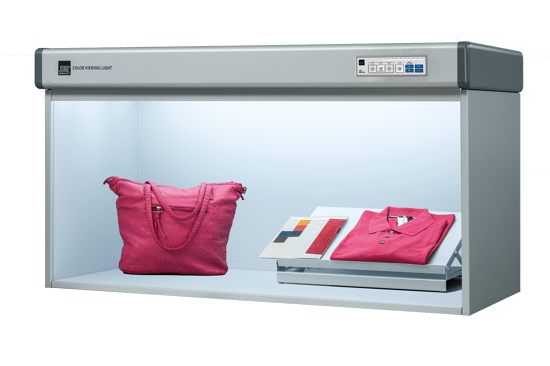Eco hype or eco reality?

The industry has been blessed with two life threatening events: digital technology gave us electronic prepress and typesetting; the internet wiped out whole sectors of publishing and production.
Nailing down what makes a system sustainable or not exercises some of the best brains on the planet. Mostly this is in response to the threats of climate change, but the graphics industry’s sustainability credentials are mostly based on responses to existential threats. The industry has been blessed with two life threatening events: digital technology gave us electronic prepress and typesetting; the internet wiped out whole sectors of publishing and production. Both events forced many businesses to the wall, albeit for different reasons, but the net result has been positive. We have seen huge innovations in production software and hardware and in applications. More importantly we have a far more environmentally sustainable industry. Waste continues to be forced out of print media production systems and process control cuts energy usage and the associated emissions. Printing close to the point of use reduces transport emissions too.
But we suffer from oversupply. Manufacturers keep making more machines with more options and alternatives, in order to satisfy the pickiest of fussy customers. The resulting glut of technologies is constantly refined and gussied up, often in the name of sustainability. Examples of this abound. Textile press developer Kornit encourages customers to “only print what they need” to support fashion on demand. EFI and other companies claim massive reductions in the amounts of Volatile Organic Compounds (VOCs) contained in their inks. The reductions are achieved through the use of less solvents, but no one talks about the environmental impact of cutting solvents in inks such as longer drying times or more waste because customers aren’t happy with the colour rendition of acqueous inks. This is a discussion that needs to happen because this kind of rhetoric from manufacturers is an easy win in sustainability conversations.
It isn’t exactly greenwashing, but it doesn’t really tell the whole story. For instance in evaluating the emissions impact of moving to aqueous inkjet inks, more than 90% of VOC emissions can be cut along with a high percentage, sometimes over 70%, of average carbon emissions. This is great information but all too often the data that supports the claim isn’t available or even referenced. The studies on which such claims are based are conducted in a somewhat informal manner and use data that is not necessarily complete. The data supporting claims for high emissions reductions are rarely shared for these reasons.
Coming up with a single methodology to work out how a given printing machine and its output actually reduce carbon emissions should be within the realms of possibility. Such a method would have to take into account the emissions associated with the printing machine’s manufacture, delivery, running costs, substrates and the consumables it uses. The method would also need substrate profiles that quantify a material’s carbon footprint, and this too requires a common methodology. We already have several ISO standards that support the needs of such a universal quantification standard, but an overarching method for quantifying the carbon footprint of print media production systems is still missing.
Source Information: This article was produced by the Verdigris Project, an industry initiative intended to raise awareness of print’s positive environmental impact. This weekly commentary helps printing companies keep up to date with environmental standards, and how environmentally friendly business management can help improve their bottom lines. Verdigris is supported by the following companies: Agfa Graphics, EFI, Fespa, Fujifilm, HP, Kodak, Miraclon, Ricoh, Spindrift, Splash PR, Unity Publishing and Xeikon.
Image by Min An from Pexels
Topics
Interested in joining our community?
Enquire today about joining your local FESPA Association or FESPA Direct
Recent news

The pros and cons of Digital Signage and Printed Signage
Sonja Angerer discusses the pros and cons of both digital signage and printed signage. Current developments such as artificial intelligence and spatial computing are changing the situation once again. How will this shift affect printers?

How to create an efficient smart factory
Debbie McKeegan speaks to industry specialists at Personalise Make Wear in Amsterdam about smart factories and customisation technology. Debbie speaks to Antigro, Caldera, Print Logistic, Inkcups and Kornit Digitial.

Standard lighting conditions for wide format printers and their many markets
Paul Sherfield shares the various standard conditions that are required for wide format printers as colours can appear differently dependent on the differing types of lighting and environments.
_compromised.jpg?width=550)